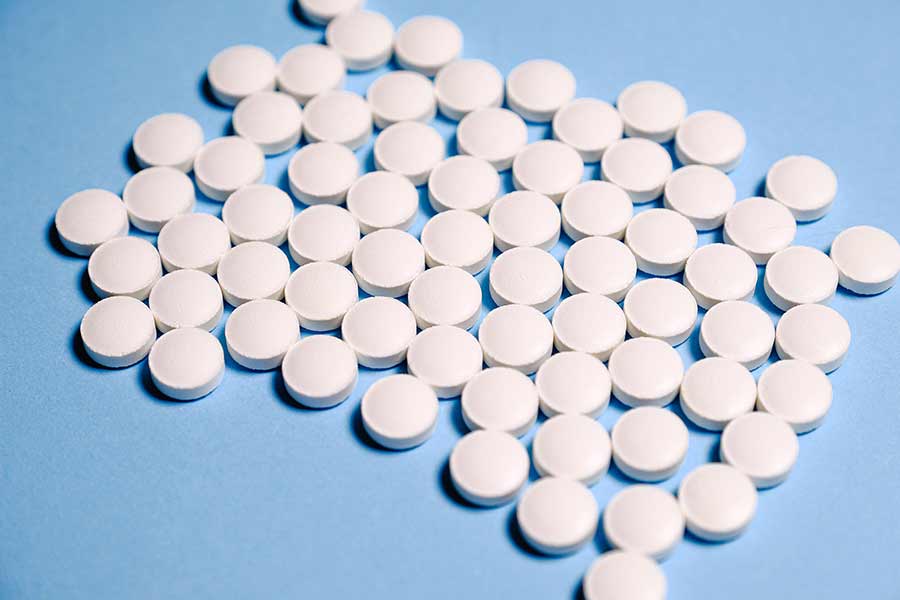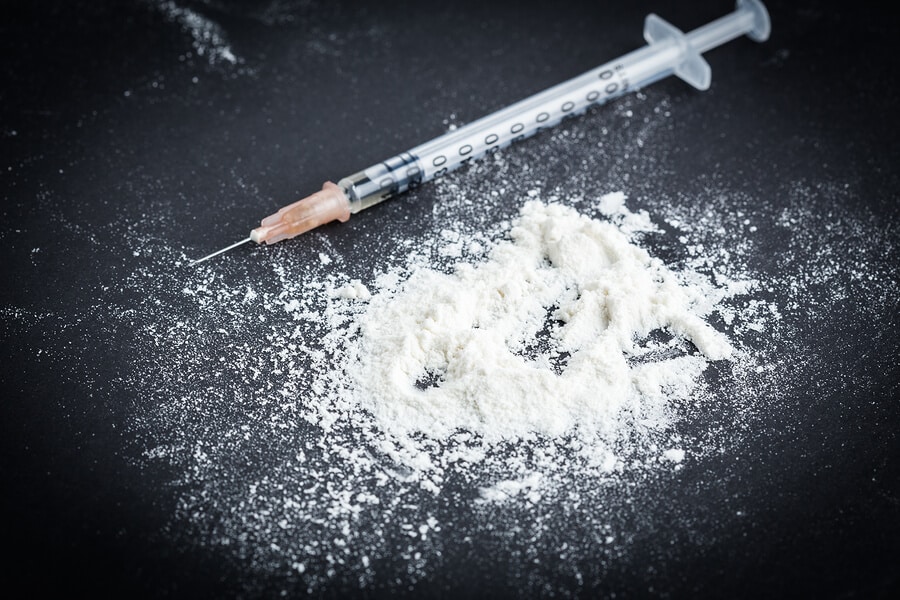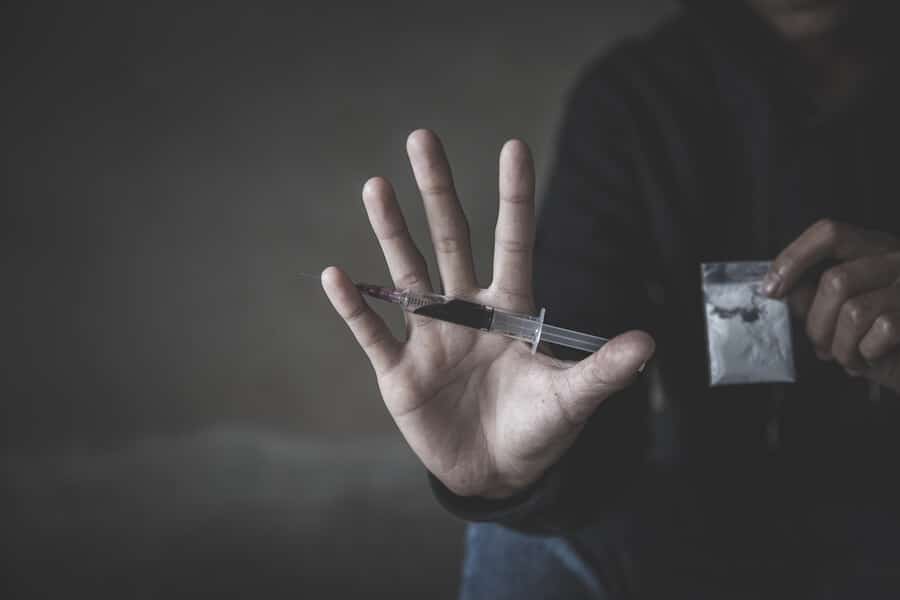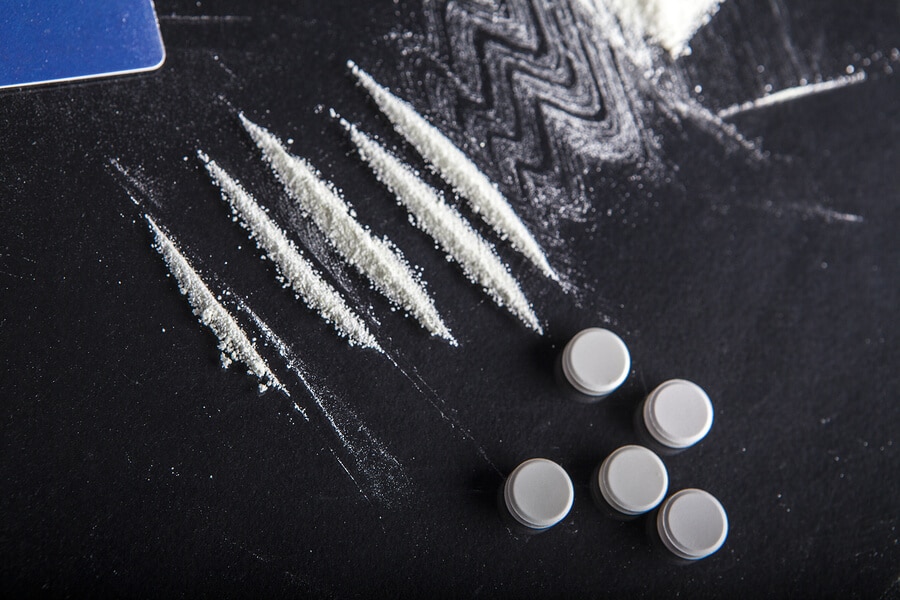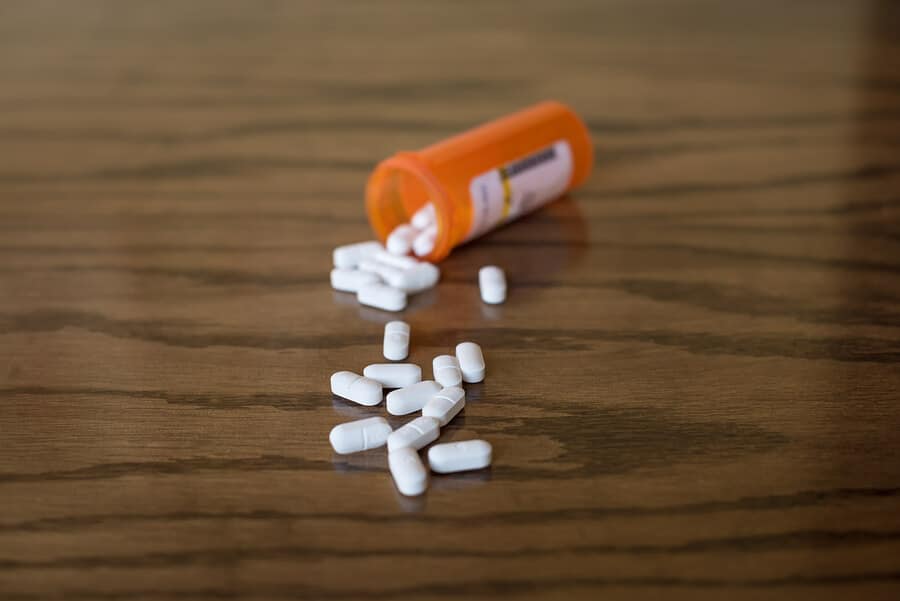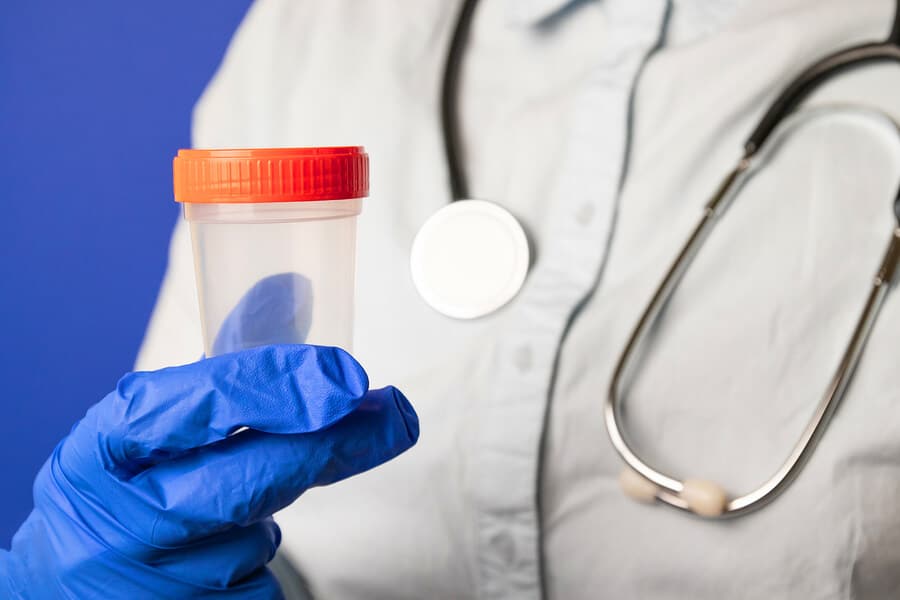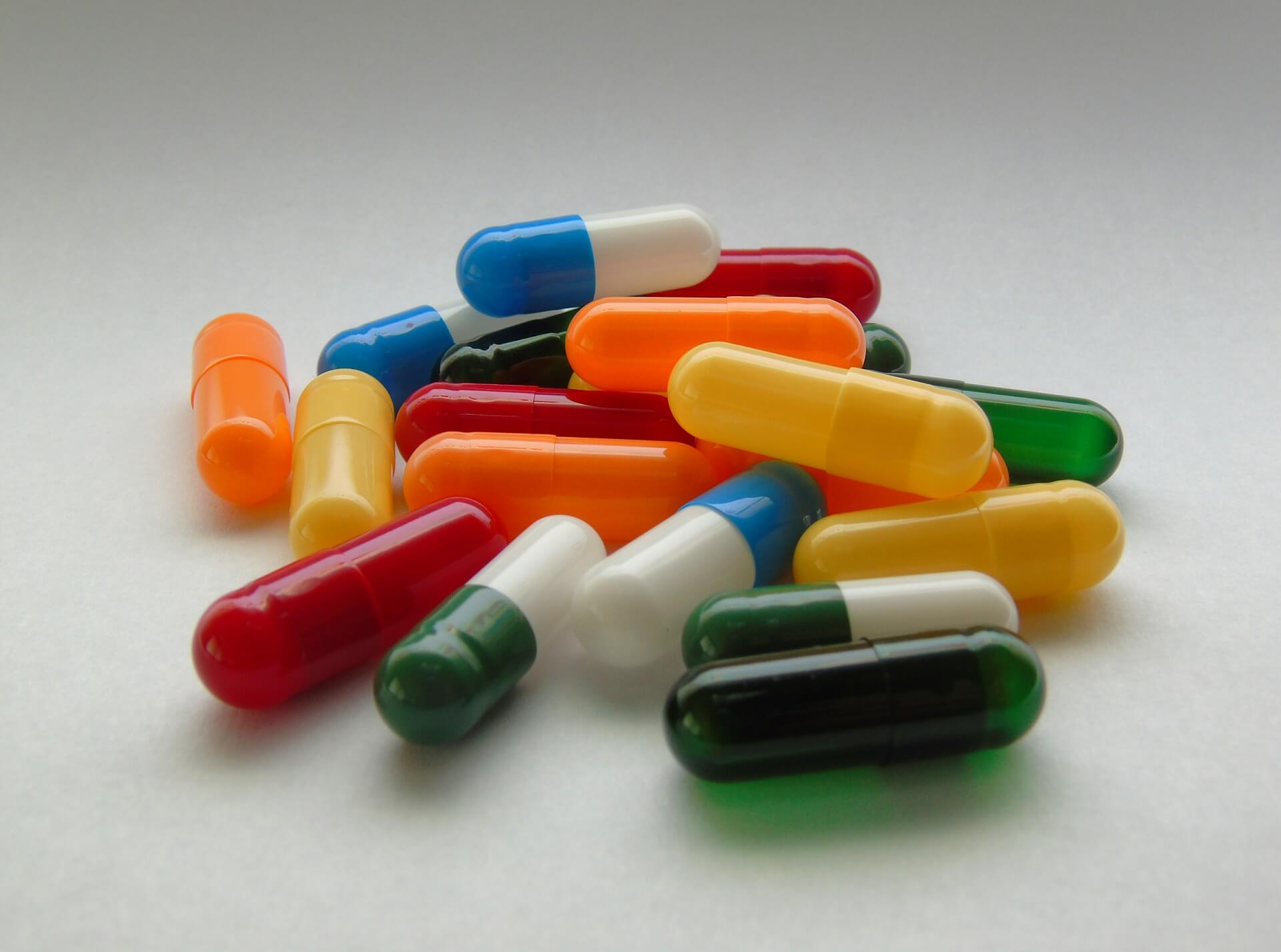
So, What is the Difference Between Lortab and Norco exactly?
If you take pain medication, you may have asked yourself what is the difference between Lortab and Norco? Understanding prescription medications, their differences and potential interactions is important. Especially when controlled substances like opioids are involved. This article from Harmony Treatment and Wellness will help you understand the difference between Lortab and Norco and why it matters.
The first thing you should know is that nearly every prescription medication has a “common” name and a brand name. The common name is the active ingredient in the brand name. It often becomes the generic name for the medicine when a generic becomes available. This can confuse people sometimes. This article aims to clear up that confusion for you.
What’s the Difference Between Name Brand and Generic Opioid Pain Meds?
This question could be the topic for its own article. For the purposes of this piece, we’ll keep it simple. Pretty much every pharmaceutical drug begins as a name brand product. Drug companies spend billions every year on researching and developing new medications. One of the ways they recoup these costs (and turn a profit) is selling the medication. In the United States, the Food and Drug Administration (FDA) regulates all prescription medications. Companies hold a patent on any new medication they introduce That allows them to be the only one who can sell that particular drug for a period of time. That period of time varies, but it can be as long as 20 years.
You may have noticed many new medications are only available in the brand name form. This is usually because the patent has not expired yet. Once a patent expires, other companies are free to make their own versions of the same drug. These may include a generic version. These medications must have the same active ingredient as the name brand, that is the medicine part. The rest of the medication can vary. That includes things like fillers, coatings, color, flavor and so forth. When you ask what is the difference between Lortab and Norco, that last sentence is your answer.
OK, That’s Interesting, But What is the Difference Between Lortab and Norco?
Lortab and Norco are both formulations which include hydrocodone as the primary active ingredient. Hydrocodone is a semi-synthetic opioid medication. What is Lortab? Well, both medications have acetaminophen (aka Tylenol) as a secondary ingredient. The rest of each table (the inactive ingredients) may vary, but that has little bearing on the effect of the medicine. In the United States, hydrocodone is always combined with another non-narcotic pain medication. Acetaminophen he most common choice by far. Some less common hydrocodone compounds may include ibuprofen (Advil) or even aspirin instead.
If you want to know what is the difference between Lortab and Norco, it helps to be familiar with the medications in this category. The only practical difference between them is the fillers and form the come in.
These are all examples of prescription drugs that include hydrocodone and acetaminophen as the active ingredients.
- Vicodin
- Lortab
- Norco
- Lorcet
- Xodol
As mentioned, there are also some much less common medications that combine hydrocodone with a different ingredient.
Here are some examples of drugs that include hydrocodone and something other than acetaminophen:
- Ibudone (hydrocodone and ibuprofen)
- Vicoprofen (hydrocodone and ibuprofen)
- Hycodan (hydrocodone and homatropine)
- Rezira (hydrocodone and pseudoephedrine)
- Tussionex (hydrocodone and chlorpheniramine)
More About What is the Difference Between Lortab and Norco?
Vicodin, Lortab, Norco, Lorcet and Xodol are all medications that combine hydrocodone and acetaminophen. They are just brand names used by different drug companies for pretty much the same medicine. Each version will include a number which tells you how much of each active ingredient each tablet contains. For example, a Norco 325/10 has 325 milligrams (mg) of acetaminophen and 10 mg of hydrocodone. A Lortab 10 mg – 325 mg tablet has…you guessed it. 325 mg of acetaminophen and 10 mg of hydrocodone. Can you guess what’s in a Vicodin 5 mg / 500 mg? The smaller number is always the hydrocodone.
Conclusion
If you’re still wondering what is the difference between Lortab and Norco, the answer is ‘not much’. They are different brands of essentially the same thing. The filler ingredients will vary a bit. The size, shape and color of the tablets will vary too. But for all intents and purposes a 10/325 Lortab and a 10/325 Norco are going to produce the same effect. Lortab and Norco both contain hydrocodone which is an opioid. That means they are controlled substances with a high potential for addiction.
If you or someone you love is struggling with their use of any controlled substance, Harmony Treatment and Wellness can help. Give us a call at (772) 247-6180 or reach out to us via our contact page here.


